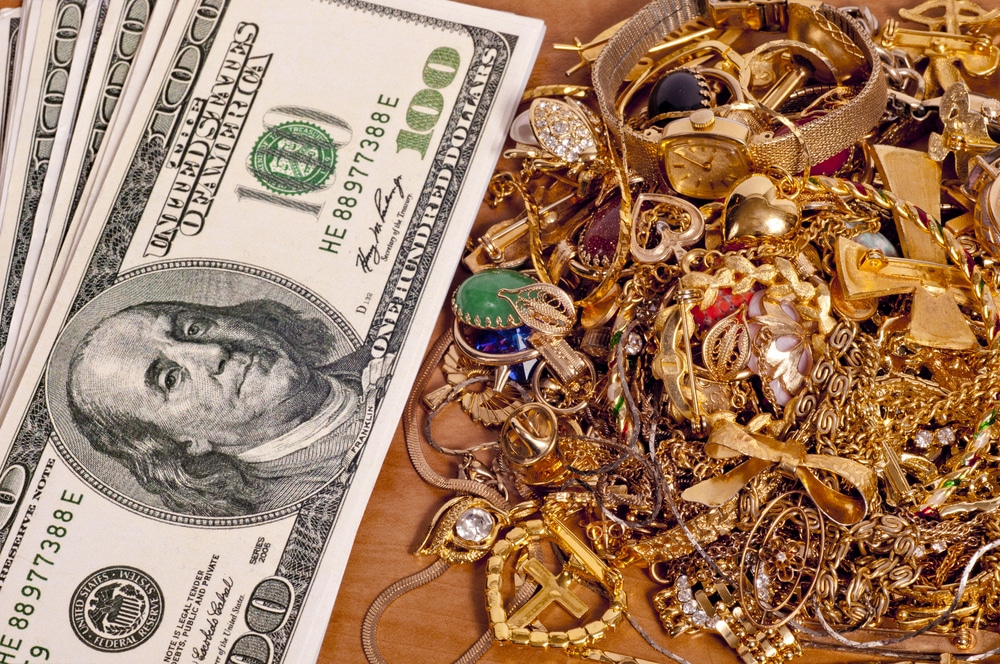Ensuring the Credibility of Precious Metal Certificates Via Thorough Verification Methods
Wiki Article
Gold documents are important financial documents that represent ownership of a specific amount of gold. They serve as evidence that an person or entity holds a specific amount of precious metal, often held in a safe place, such as a bank or a vault. The credibility of these certificates is crucial in ensuring the confidence of investors and the stability of gold as a form of currency and investment. To maintain this credibility, comprehensive verification techniques are essential. These techniques help to verify the genuineness of precious metal certificates and safeguard against deception.

One of the primary ways for verifying gold certificates involves assessing the originating institution's reputation. Institutions that issue precious metal certificates should be reputable and regulated by financial authorities. By examining the track record and credibility of these institutions, investors can gain confidence in the certificates they hold. Additionally, institutions should have clear guidelines regarding their gold reserves and the issuance of certificates. This transparency allows stakeholders to comprehend how their documents are backed by actual physical gold.
Another crucial aspect of validation is the use of serial numbers and unique identifiers on precious metal certificates. Each certificate should have a unique identifying number that can be traced back to the specific amount of precious metal it indicates. This helps avoid copyright certificates and ensures that each document is distinct. Investors can often verify the serial number with the originating institution, which can validate whether the document is authentic and useful source linked to real gold held in storage. This process is crucial for maintaining the integrity of gold certificates in the marketplace.
In addition to organizational checks and identifying numbers, third-party verification services play a significant role in ensuring trustworthiness. These services focus in assessing and validating the authenticity of gold and related monetary documents. They can offer objective evaluations of the precious metal reserves held by institutions and validate the legitimacy of precious metal certificates. Utilizing independent services adds an additional layer of protection and confidence, as these organizations often have the link expertise and resources to conduct thorough inspections and audits.
Lastly, investors should remain aware about the market and standards regarding precious metal certificates. Comprehending the current trends, rules, and best practices in the precious metal market can help individuals make educated choices when purchasing or investing in precious metal certificates. Consistently reviewing information from trustworthy sources can also aid in spotting any possible risks or shifts in the market that may affect the trustworthiness of precious metal certificates. By combining organizational checks, identifying number verification, independent assessments, and ongoing education, investors can guarantee the trustworthiness and safety of their precious metal certificates.